At one time or another, many fervent cross-country skiers may have harbored the thought that it might be a great thing to own a ski center, and maybe a really big one. Walking out the front door onto your own groomed trails would unquestionably be fantastic. But that sunny image might blind you from seeing the other side of the equation: the hard work and the time-consuming, weather dependent stress that is the reality of owning and operating a large ski area. Despite all of those challenges, there has been cultivated a prevailing mindset amongst many operator/owners: they don’t run their operations for just the bottom line, the work revolves around a passion for skiing.

When it comes to large centers, one of the most notable is Stokely Creek Lodge in Goulais, Ontario. It routinely wins awards for being one of the best in North America, and the regular returns of its loyal guests are a testament to its excellence.
Goulais is about 40 minutes from Sault Sainte Marie, Ontario, and if that bit of geography doesn’t help, it’s about six hours north of Detroit. Stokely sits on about 12,000 acres of land and has well over 125 kilometers of trails with six warming huts and nine large, undeveloped lakes. It is in the middle of the Canadian wilderness. There are no road crossings, and no motorized vehicles. It also has an inviting lodge and several detached cabins. To get to the lodge you take a snowmobile from the parking lot. After that, you won’t see a car for the rest of your visit.
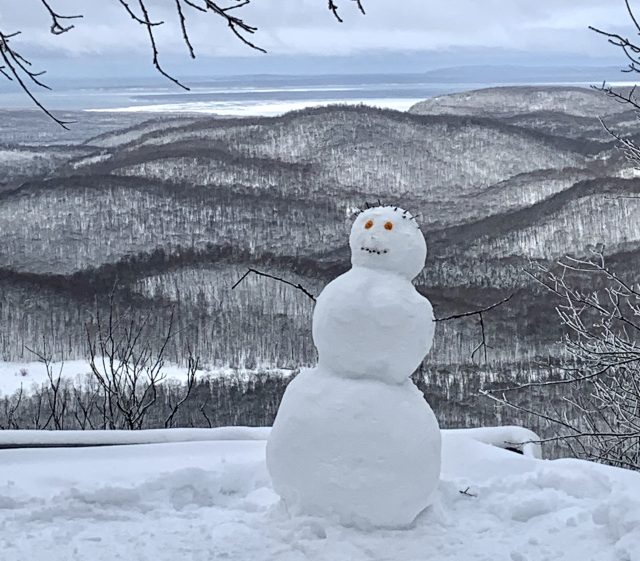
Because of its proximity to the Great Lakes, and the prevailing wind, Stokely averages about 17 feet of snow a year. In addition to skiing, there are dozens of kilometers of snowshoeing trails, and enough geologic sites—including dramatic ice caves and mountain views—to make any ski outing an adventure.
However, the serenity, quiet, and stark beauty belie the level of work required to maintain the facility.
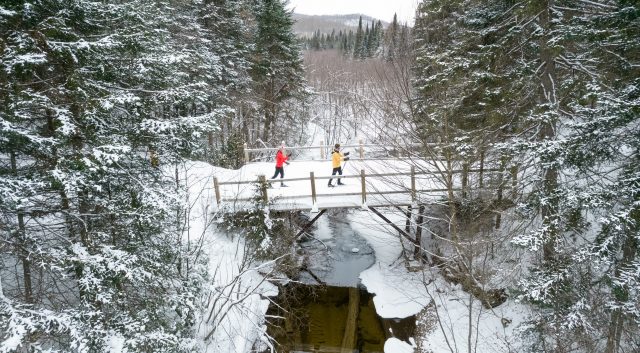
The current owners, Gaylan and Susan Byker, who purchased Stokely in 2007, are proud stewards of Stokely. They are continuing the legacy of Stokely’s late founder, Chuck Peterson, and doing their best to improve the facilities in any ways possible.
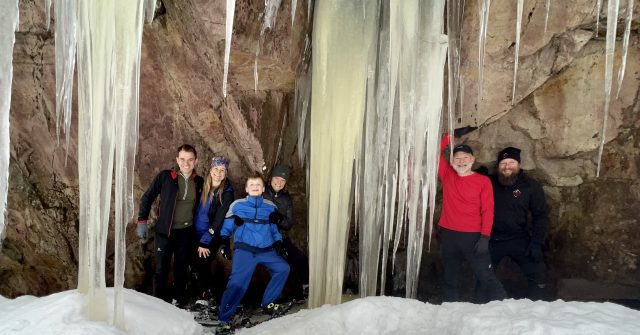
The Byker’s are skiers who fell in love with Stokely. When they learned that after Peterson’s death Stokely was going to be sold to a logging company they intervened to buy it themselves. “We got on the phone as soon as we heard about the sale,” said Susan Byker. And we’ve been running it ever since, for 16 years.” Even though they are in their 70s and not necessarily seeking out the obligations of running the resort, they refuse to sell it to any entity which won’t make the commitment to keep running it as a ski center. “If the right buyer came along, we would talk,” Susan Byker told FasterSkier. “But if the skiing isn’t kept at the same level, we would buy it back. There aren’t a lot of great cross-country ski resorts around, and this is going to stay one.” Without the Byker’s intervention and Peterson’s original actions, it’s likely that the beauty of Stokely Creek would have been reduced to another barren patch of post-logging brownfields. “I see us running it until we find the right buyer. If the right person comes knocking on the door, we’re willing to listen.”

There are many entities involved in an operation on thousands of acres of wilderness. In addition to the Bykers, the Algoma Highlands Conservancy, the government, and a German logging company own a great deal of the land around the lodge. The logging company doesn’t operate during the winter and is putting some of the land into a carbon sequestration program. It has an arrangement with Stokely to allow skiing on its land during the winter.
Susan commented on the challenges of running a large ski resort. “It’s not sitting back, skiing, and eating,” she said. “There are trails to groom and prepare, and in the summer, machines to maintain, staff to hire, lodging to oversee and a kitchen to run.” There’s also an entire season before ski season for the operators. “We groom the trails all spring, summer, and fall. There’s deadfall, bridges to maintain and trail to cut. Every time there’s a nasty storm, more trees are knocked down, and you have to clear them.”
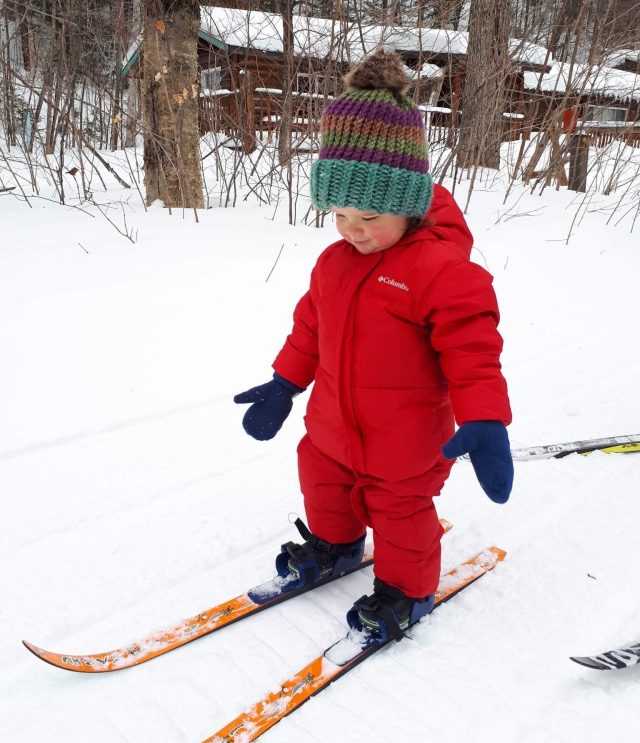
The Byker’s have improved the grooming equipment since they took ownership and now have three different large machines. Additionally, they have built several trail side cabins. The Bykers have also taken steps to address low snowfall years. “We’ve made lots of improvements to ski with less snow,” said Susan. “We’re grooming trails better with less snow because of the maintenance.”
By the time the depth of winter arrives, Susan Byker is frequently too tired to take advantage of the skiing out her backdoor. The “to do” list includes running a lodge, purchasing food, organizing housekeeping, chefs, and maintenance staff. “Often, it’s too late in the day and I don’t have the energy to ski. A typical day starts early and ends late. The list of what I do is long”
Prior to running Stokely with her husband Gaylan, Susan was a schoolteacher, including stints in Beirut, Lebanon during the war. Her background has prepared her to be a lifelong learner and helped her to transition into her new position. “It has been for the love of skiing and our grandkids that we do this. Customers are very thankful, and that’s the good part. But I don’t think people are aware of what it takes to get the place ready, and the stress. Running a resort is all-consuming.” The remote location makes it harder to find staff, but most of their employees are from the nearby town.
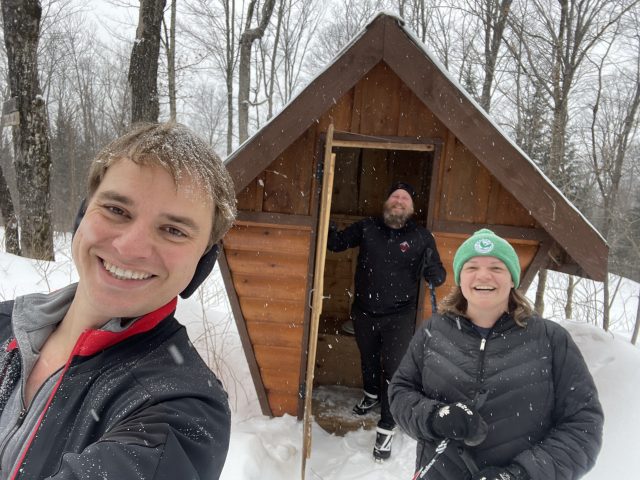
Byker added that “People who come to Stokely make new friends because the way the dining is set up. The camaraderie is real, and it’s a big part of the resort.” The Byker’s could have sold out years ago, but their determination to keep Stokely running as a premier ski resort is a testament to the ethos of cross-country ski resort operators. If it’s not good for skiing, they aren’t going to do it.




